Why the strength aspect of fitness is critical and how to improve it
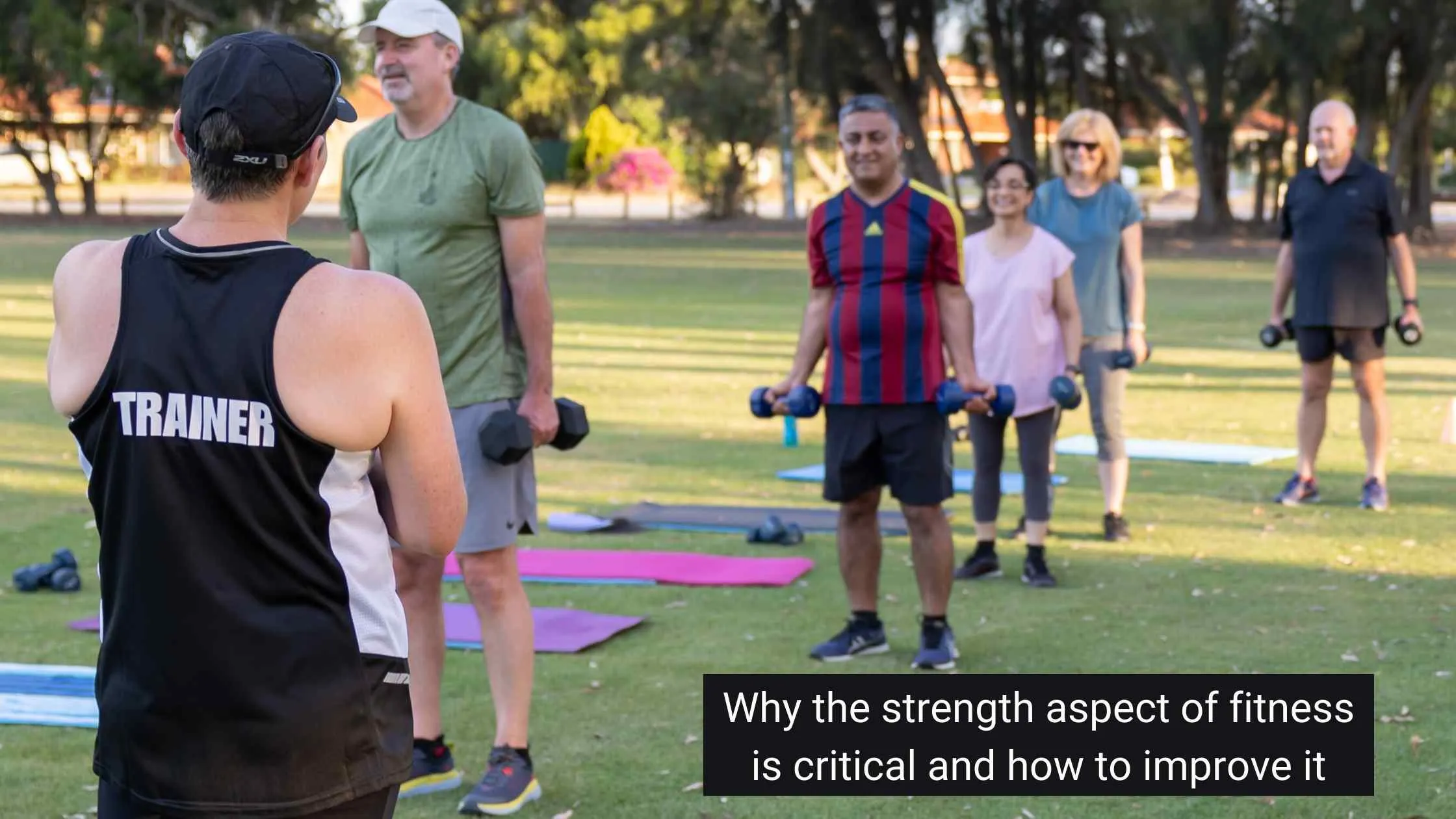
The strength aspect of fitness
There are three aspects of fitness which are commonly referred to as the three Ss.
- Strength
- Stamina – also known as endurance
- Suppleness – also known as flexibility
There’s also ‘serenity’
Those of you familiar with my work will know I believe there is another aspect of fitness that I call serenity.
Serenity is about the way exercise can make us feel – physically, mentally and emotionally.
I reckon serenity should be the fourth aspect of fitness because it is just as important as the three Ss.
However, all aspects are valid and I’m going to focus on each of the three Ss in a series of articles throughout this year.
This article is about strength.
What it is, why it’s important – especially as we age, and how we improve and maintain it.
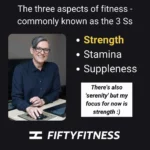
What is strength?
I looked up a definition of strength in one of my fitness textbooks.
It states that strength is the ability to exert force, which doesn’t paint a very enlightening picture.
That’s because there are different ways to measure strength, as the textbook goes on to explain.
More important than a technical definition is what we believe strength to be for us as individuals.
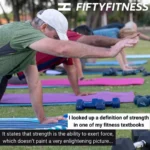
What is strength for you?
When I think about my strength, I don’t ponder how much force I can exert.
I do gauge maintenance and progress with strength by how much I can lift when I train, but that’s not the whole story for me.
Strength for me is about being able to do all the movements I want to do in all aspects of my life.
I love to hike and run and swim and yoga, so I want to be as strong as I need to be to do these things with ease.
Thinking long term, I also want to be active and independent for as long as possible into my old age.
What’s important in your life that you need to be physically strong for?
- Travelling the world and having adventures along the way?
- Picking up your grandkids and being active with them?
- Getting the most out of your golf or tennis game in retirement?
- Keeping up your current vigorous activities like cycling or running?
- Managing physical degeneration – like osteoarthritis?
- Being able to get up if you fall, avoiding falling over in the first place?
- Staying out of a nursing home?
Why is strength exercise important?
At the most fundamental level, we need strength to maintain posture and balance.
The next level is basic movements to carry out daily living activities.
Then we need strength to maintain mobility, remain active and stay on our feet.
Falls and resultant injuries among the elderly population is a big issue for the community which can be avoided through preservation of strength.
Maintaining strength as we age
We naturally lose muscle mass and strength as we age and that is a major contributor to frailty in the elderly.
We maintain strength as we age through healthy eating and resistance training – I’ll address how we do resistance training shortly.
Let’s cover some specifics about the importance of strength exercise first.
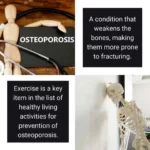
Osteoporosis
Osteoporosis is a condition that weakens the bones, making them more prone to fracturing.
It can occur in people of both biological sexes but it’s more prevalent in females.
This is because the decline in oestrogen that occurs during the transition to menopause affects our collagen production, and collagen is a component of bone.
Strength training for our bones
Exercise is a key item in the list of healthy living activities for maintaining bone density and prevention of osteoporosis.
The specific type of exercise we must include is called weight bearing exercise, activities or sports that involve running and jumping or things you do on your feet like brisk walking or dancing.
Strength training, where we move the joints against resistance, is also vital for maintaining bone density.
The combination of forces on bones during weight bearing and resistance exercise enhance bone density.
Hypertrophy
The technical term for an increase in muscle size is hypertrophy and this is a consequence of improvement in muscle strength through resistance training.
I’m not talking about body builder hypertrophy, if that’s what you’re looking for you need a very specific lifting and dietary regime.
The increase in muscle size that goes with general strength training is commonly called ‘definition’ or ‘toning’.
So your body may look a bit different as you gain that much needed strength.
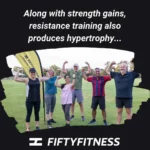
How to exercise for strength
Strength training is also referred to as resistance training because it involves doing movements against resistance.
Resistance can be our own bodyweight, weights such as dumbbells, bands or machines commonly seen in gyms.
I reckon most people think about gyms when the notion of strength/resistance training comes up, but there are many ways to do this type of exercise without setting foot in a gym.
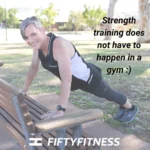
Getting started
It’s important to start gradually with any exercise regime and strength training is no different.
A good starting point is doing bodyweight exercises like squats, push ups and paddling like a surfer lying face down on the floor.
Progression could involve something as simple as holding cans of food from the pantry for some arm and shoulder exercises.
Strength training can be done at home with a few simple and inexpensive pieces of equipment that you can even pick up at chain stores.
And there are heaps of strength exercises that can be done on the floor with a bit of a cushioning mat.

How I help people with strength training
It’s possible to find just about any information you need for any purpose on the internet these days, and strength training is no exception.
However, there is not much guidance with all that freely available information, and it can be very confusing.
And none of it is tailored to your individual needs.
Here are a couple of ways that I help people with strength training.
Are you starting from scratch?
If you’re not doing any exercise or need a way to ease into strength training, try my FREE daily warm up video series.
Learn more and get started here https://bit.ly/NiceAndEasyNewHabit

Other FREE resources at fiftyfitness.com.au
Did you know that I have a bunch of FREE resources on my website?
I’ve developed them to help over 50s get started or return to exercise.
You’ll find a workbook with 10 things to consider when you’re considering exercise.
There’s a home workout that requires no equipment.
And TWO video series. One to help you develop a daily warm up routine. The other provides tips on how to care for your pelvic floor while you workout.
So much goodness available for FREE!

EVEolution™
To learn more about how you can empower yourself to exercise safely through all stages of your female life, check out the EVEolution™ page on my website.
Keep in touch
Please reach out to me if anything in this article resonates with you.
You can email me at kate@fiftyfitness.com.au or connect via social media.
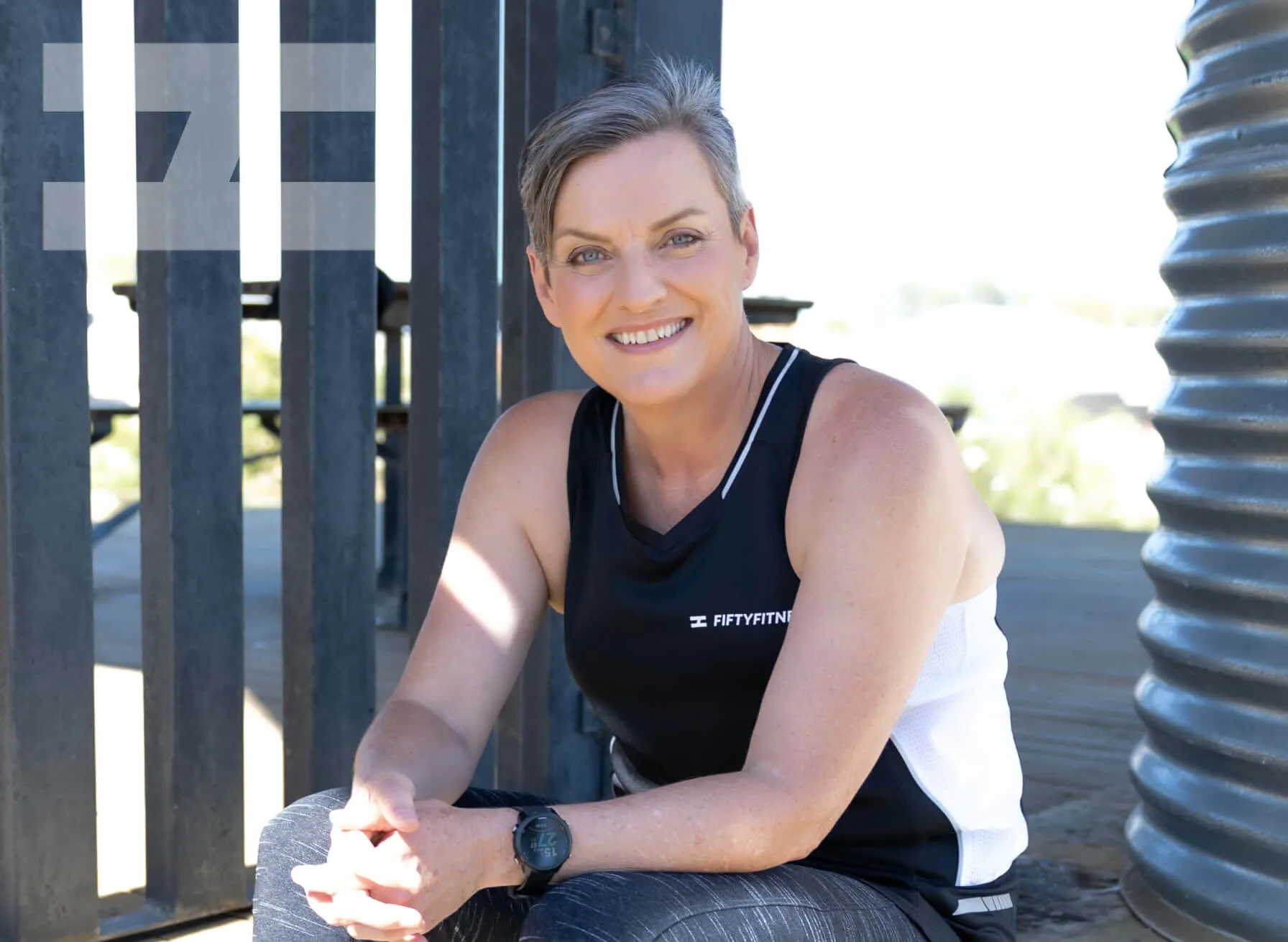
Subscribe now
Blog Subscription Form
A blog subscription form, used for the blog page and posts.
"*" indicates required fields